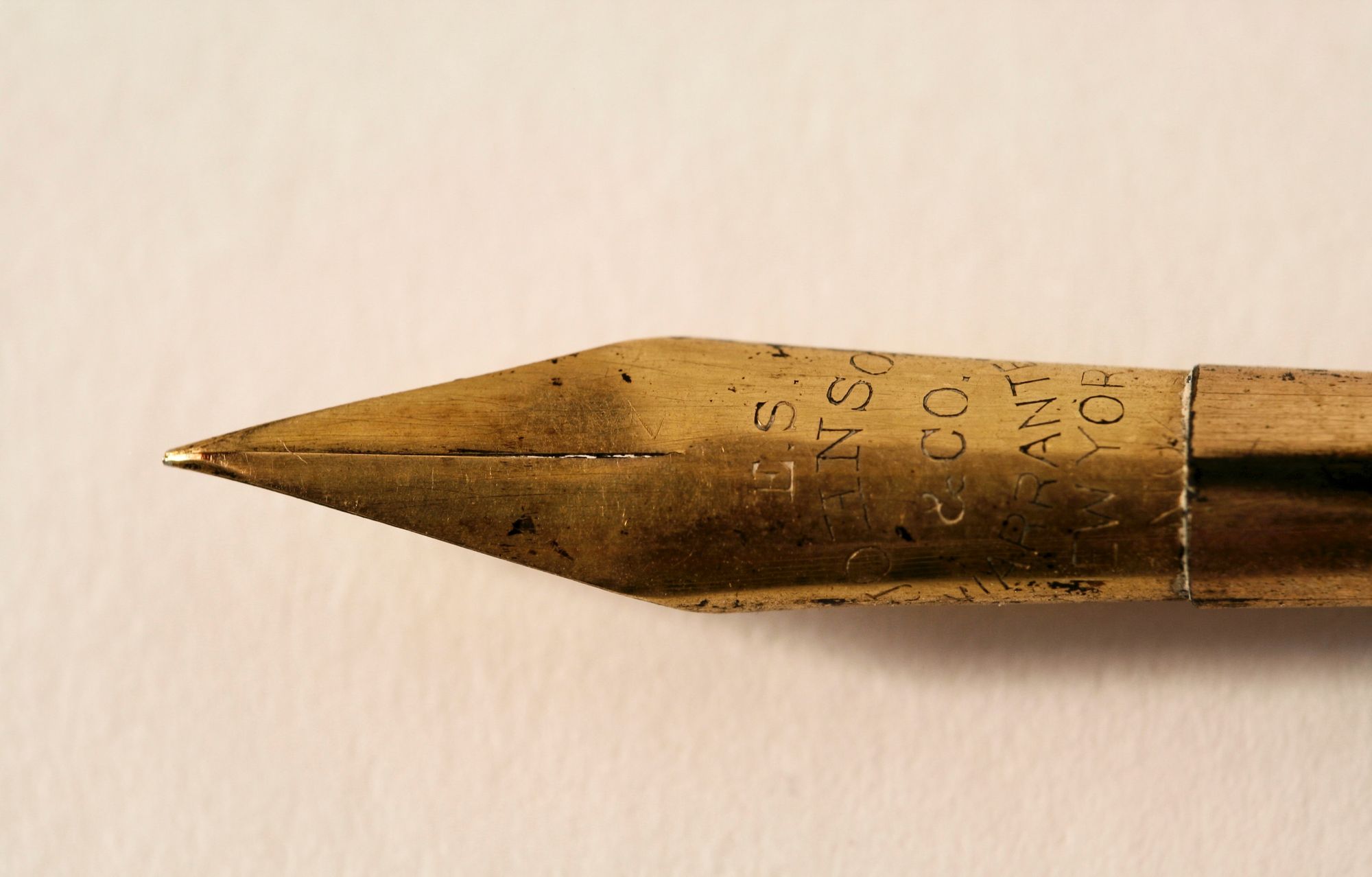In 1988 after working with heroin addicts for more than 17 years, in East Harlem, Greenwich Village and Hell's Kitchen, I was recruited by the New York City Department of Health (NYCDOH) to run their Pilot Needle Exchange Study. Since possession of a hypodermic syringe or needle without a prescription was illegal in New York State at that time, NYCDOH had negotiated with the State for a year and a half to run a research project which could determine whether syringe exchange would be a safe and effective strategy to prevent transmission of the Human Immunosuppressive Virus (HIV-the virus that causes AIDS), as had already been demonstrated in the Netherlands and Great Britain.
NYCDOH was authorized to provide up to 200 men and women, 18 years old or older, with syringes and needles, which they were asked to return. Each was issued a minimum number of syringes whether or not they returned any. If they brought more than the minimum, they received that number. Applicants were to be assigned randomly, 200 to an experimental group who got syringes, and 200 to a control group who got the same supportive services as those who exchanged syringes, but got no syringes. Within months we stopped assigning people to the control group because preliminary data showed already that sterile syringes lowered HIV transmission rates significantly, and in keeping with medical ethics we couldn't withhold access to services from applicants that would protect them from infections and possibly death.
I will get back to the study results and what happened in New York, but first you need to know that while NYDOH was the first syringe exchange to be government funded and evaluated, it wasn't the first successful syringe exchange in North America. That was run by Dave Purchase in Tacoma WA, starting 3 months before we got started in NYC. Dave, a drug counselor who worked with Hell's Angels among others, had read the same reports of syringe exchanges in the Netherlands and Great Britain as the Public Health officials in NY. As he told me when I met him a year later, " I woke up one morning and said, 'I can do that.'" So, he got a folding TV table; a "Sharps Safe" to put used syringes in; a dish of hard candy, because addicts like the sugar high but can't afford much to eat; and a dish of condoms, because shooting up is not the only way to get HIV. He set up in Tacoma, around the corner from where he knew people copped dope. He did a land office business. Before he did this, he told the Mayor, the Police Chief and the Health Officer of Tacoma what he had in mind. They didn't stop him but they observed. Six months later, the city funded him. Until then, Dave's supplies were funded from his own pockets and by the proceeds from a fishbowl on the bar of a place frequented by bikers.
Back in NYC, the study found that:
- Access to sterile syringes lowered the risk of becoming infected with HIV.
- Help getting into treatment was the most requested service. We were able to get a user into treatment faster than an individual could do on their own. Our program was called “A Bridge to Treatment.”
- We got users medical care when needed.
- Users of the Syringe Exchange had lower arrest rates than non-users.
- Fewer syringes discarded in the community, more recycled through the Syringe Exchange.
When we stopped recruiting a control group and had 200 eligible applicants enrolled in the syringe exchange, we kept the recruiting sites open for other services, especially assistance in entering treatment, until our money ran out. By then, several unauthorized syringe exchanges were operating. The state began to set standards and conditions for providing sterile syringes to users who could identify that they were enrolled in exchanges, and then authorizing, eventually funding exchanges. The state already authorized and funded drug treatment, including a large system of Medication-Assisted Treatment (MAT) in NYC and the rest of the state.
Over the 30 years since those early days, literally hundreds of syringe exchanges have replicated these results all over the world and in most of the United States including Washington State. There have been some significant new developments:
- The increased availability of Naloxone (Narcan), a drug that blocks the effect of all opioid drugs; therefore, it can bring a person out of an overdose which may otherwise be fatal. Narcan is available in automatic injectors and as a nasal spray. It is now given to users and their families in Emergency Rooms and other medical facilities, and is available to first responders who are called to places where folks have overdosed. The most effective way to get Narcan into the hands of those who will need and use it is through syringe exchanges that reach the user before they get to the ER, the doctor or the ambulance.
- There are new ways to provide Medically-Assisted Treatment (MAT). Thirty years ago, there was only Methadone-assisted detoxification and Methadone Maintenance Treatment. While many have transformed their lives helped by Methadone, there is no one way which is right for everyone. Buprenorphine, and naltrexone are now also used to treat opioid dependence and addiction to short-acting opioids such as heroin, morphine, and codeine, to semi-synthetic opioids like oxycodone and hydrocodone, as well as fentanyl.
- Twelve-step based programs, modeled after Alcoholics Anonymous, other programs based on peer-support, faith-based programs, programs based on learning outdoor survival skills, all are the right program for someone. We hear the tribal attitude of "My way is the only way" less often and the many ways to recovery are recognized more often.
Detailed descriptions and comparison of treatment modalities are beyond the scope of this article. The main point is that professionals and scientists agree that MAT is more effective but is less available, especially in Eastern Washington.
Opioid addiction is complicated and therefore policies which are intended to facilitate prevention and treatment of drug use and addiction are complicated. There is no single or simple answer. I will try to deal with some important aspects of that complexity. The reasons for first use of opioids are many; "Just say no" is not helpful. Basically, people who feel good about themselves and their life in the world do not want to feel numb and disconnected from what they are feeling. For people who are feeling intense pain, physically, or emotionally or both, feeling numb and disconnected can be a blessing. The reason for using opioids, once one is addicted and dependent is straightforward; to keep from being sick with withdrawal symptoms. Motivation to stop feeling sick becomes the primary motivation for doing anything for the addict. In over 50 years, I never met or heard of an addict who stopped using opioids because they had no access to a needle or syringe. There are other routes of administration and lots of ways to get injection equipment which are neither unused or sterile. "Enabling behavior", simply put, shields people from experiencing the full impact and consequences of their behavior.
Enabling is different from helping and supporting in that it allows the enabled person to be irresponsible in relation to drug use. Do syringe exchange and other Harm Reduction strategies enable continued opioid use and addiction? It depends on your objective. If you want to isolate the addict from all humane contact with the community, leaving them at high risk of sudden death by overdose or slow death by infection, washing your hands of all responsibility for them, so you are "clean," I guess you can withhold help and support. If, on the other hand, you want to extend a helping hand to an already isolated person, establishing a relationship which opens up options they didn't know they could choose, and making it possible to survive long enough to choose to be responsible and start recovery, you support syringe exchange. As parents and teachers, our job is to prevent our children and students from experiencing the consequences of risky behavior until they have the knowledge, skills and emotional stability to make wise choices; think about learning to drive or climb mountains: should we do anything less for people in pain?
With a " War on Drugs" which has lasted for more than 100 years, it is time to ask the difficult questions as to why the market for opioids, legal and illegal is greater in this country than any other in the world by a factor of more than ten. Why does our prohibition of opioids work no better than prohibition of alcohol, but makes it worthwhile for a massive criminal enterprise to run a smuggling and distribution business that corrupts our politics and law enforcement?
We need to set policy and support programs which follow time-tested Public Health principles of prevention, intervention and rehabilitation; which uses the experience of other communities, both the successes and failures; which uses research to help decide what works and respects the people who are facing challenges. Such policy and programs are called "best practices" and in the prevention and treatment of opioid addiction, best practices start with Harm Reduction including syringe exchange, Narcan distribution, and links to needed housing, medical care and community support. We need these services in every neighborhood in the Tri-Cities.
Photo by MJ S


